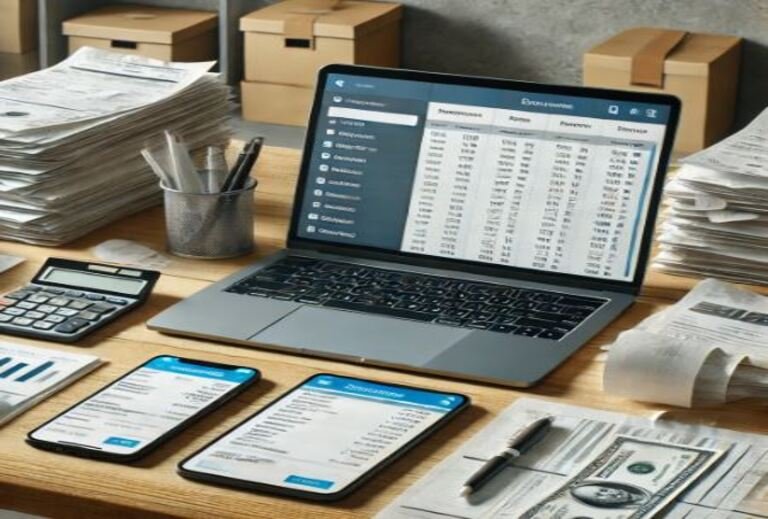Effective Receipt Management Strategies for Small Businesses: A Comprehensive Guide

Receipt management is essential for small businesses aiming to maintain accurate financial records, ensure tax compliance, and streamline expense reporting. This guide provides a detailed look at effective practices, tools, and strategies to help businesses manage their receipts efficiently.
Importance of Receipt Management
Proper receipt management is critical for:
- Accurate Financial Records: Receipts serve as proof of expenses, aiding in precise record-keeping.
- Tax Preparation: Accurate documentation supports tax return accuracy and maximizes deductions.
- Audit Readiness: Organized receipts ensure preparedness for audits and regulatory reviews.
Why Accurate Financial Records are Crucial for Small Businesses
Types of Receipts and Documentation Requirements
Different types of receipts and their requirements include:
- Hotel Bills: Retain the final folio provided by the hotel for IRS compliance.
- Manually Entered Expenses: Receipts are necessary for expenses of $75 or more if not imported via mandatory features.
- Specific Expense Types: Such as books, gifts, health club expenses, and more. See IRS guidelines on business expenses.
- Meals and Entertainment: Itemized receipts are required for expenses of $100 or more per person or $3,000 in total.
- International Travel: Receipts of $75 or more for travel to countries like Canada, China, Mexico, Qatar, and Russia are necessary for VAT purposes.
Receipt Management Tools and Software
Effective tools for receipt management include:
- QuickBooks: Features receipt scanning and integration with accounting software.
- FreshBooks: Offers expense tracking and receipt uploading capabilities.
- Expensify: Provides receipt scanning, expense reporting, and software integration.
Top Tools for Efficient Expense Tracking
Best Practices for Organizing Receipts
To optimize receipt management:
- Categorize Receipts: Organize by date, expense type, or project.
- Use Cloud Storage: Employ cloud-based solutions for secure, accessible management.
- Regular Updates: Consistently update and review your receipt records.
Digital vs. Physical Receipts: Pros and Cons
- Digital Receipts:
- Pros: Easily searchable, reduces paper clutter, integrates with accounting software.
- Cons: Requires digital security measures, potential data loss if not backed up.
- Physical Receipts:
- Pros: Tangible proof, less dependent on technology.
- Cons: Takes up physical space, prone to damage.
Digital vs. Physical Record Keeping
Receipt Management Tips for Tax Compliance
- Retention Period: Keep receipts for at least two years from submission.
- Accuracy: Ensure all receipts are accurate and complete to avoid issues during tax filing.
- Documentation: Maintain clear records of expenses and receipts for supporting deductions.
Security and Privacy Considerations
- Digital Security: Use encryption and access controls to secure digital receipts.
- Privacy: Ensure compliance with privacy regulations (e.g., GDPR) when managing financial data.
Case Studies: Real-World Examples
- Case Study 1: A business that adopted digital receipt management saw a 30% reduction in administrative overhead and improved compliance.
- Case Study 2: Another business streamlined expense reporting with receipt management software, leading to accurate financial records and faster tax preparation.
Conclusion
Effective receipt management is essential for accurate financial record-keeping, tax compliance, and audit preparedness. By implementing best practices, using the right tools, and understanding documentation requirements, small businesses can achieve efficient financial management and operational excellence.
